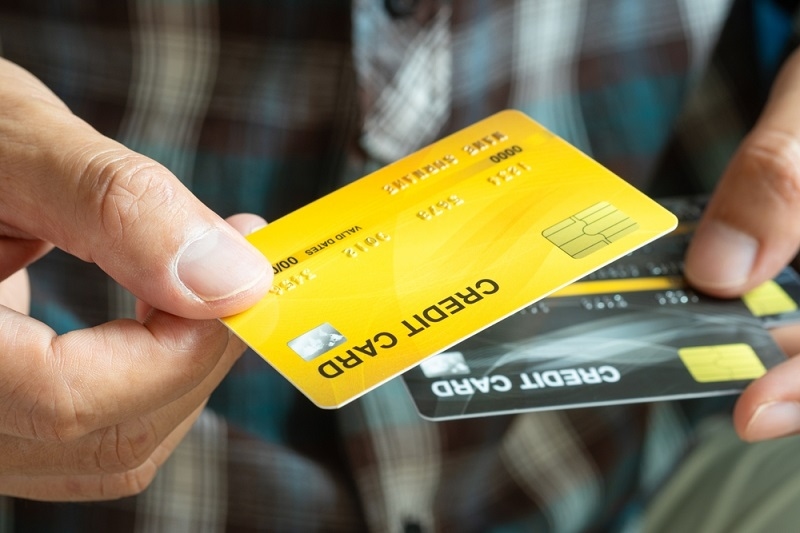
Credit card debt can easily spiral out of control. The interest piles up, minimum payments barely make a dent, and before you know it, the balance looks impossible to clear. That’s why having a proper credit card debt repayment plan isn’t just useful—it’s necessary. With the right steps, supported by a simple debt repayment plan template, a practical spreadsheet, and a realistic calendar, you can bring structure to the process and finally take charge of your money.
This guide breaks everything down—methods that work, tools you can use, and a straightforward path you can actually follow.

The first step in any credit card debt repayment plan is facing the numbers. Write down every balance, every interest rate, and every due date. Don’t guess—get the actual figures from your statements.
Why? Because a repayment strategy only works if you have a full picture. A debt repayment spreadsheet or even a basic debt repayment plan template can help you organize this information in one place. When you see it clearly, you know what you’re up against.
You cannot generate a credit card debt payment plan without first generating a budget. Income, fixed bills, and everyday expenses dictate the sum that can be paid toward debt on a monthly basis.
A brief outline is as below:
Using a debt repayment spreadsheet that doubles as a budget tracker would be smart so that you'd always have an idea about amounts you can commit without falling short elsewhere.
Check this out: The 50/30/20 Rule: A Simple Budgeting Formula for Beginners
Use a debt repayment plan calculator regardless of which method you choose to work with to put in the projected timelines; it helps you see how long it will take you and how much interest you'll save if you follow through on your plan.
A plan, when organized, will work best. This is where the tools matter.
These tools work together for keeping one accountable—and to make sure the plan is never lost from view.
Making missed payments in the progress that is being made; then, at least set up auto-pay for the minimum. Schedule reminders for extra payments through your debt repayment calendar. Consistency is what turns a plan into results.
Also, avoid adding new charges to the same cards you’re paying down. If necessary, stick to debit or cash while you work through your credit card debt repayment plan.
Don’t Miss: Credit Score Guide: What It Means & How to Improve Fast
A plan isn’t set in stone. Review your debt repayment spreadsheet each month to ensure you are on track. If you receive extra income—for example, from a tax refund or bonus—put it toward your debt. Small changes speed up pay-off time. If you find one approach is not effective, use your debt repayment plan calculator to test another. The flexibility keeps one moving forward.
Debt repayment is a long-term process; hence, motivation is key. Highlight key dates in your debt repayment calendar—like when a specific card will be cleared. When you hit those goals, celebrate modestly. It keeps energy high without undoing progress.
An emotional uplift is felt and because of it, some prefer the snowball repayment method: it generates small wins fast. But whatever method you choose, those victories in your calendar will require you to see that your credit card debt repayment plan is actually working.
As debt is paid off, the savings will be sponsored in the same amount once again.A solid emergency fund prevents falling back into the same cycle. Your debt repayment spreadsheet can easily convert into a savings tracker.
That way, the discipline you built paying off credit card debt continues to serve you in the future.
Instead of vague goals, you now have a step-by-step process that actually delivers results.
More to Discover: How to Pay Off Debt Fast with a Low Income: Smart Steps
Paying debt is a matter of discipline; thus, it ought not to be confusing. A strong credit card debt repayment plan supported by a debt repayment plan template, a reliable spreadsheet, a clear calculator, and a structured calendar gives you all the tools you need.
The debt won’t vanish overnight, but with consistency, the balance goes down month by month. Stick with it, and you’ll not only clear your cards—you’ll also build financial habits that last long after the debt is gone.
This content was created by AI